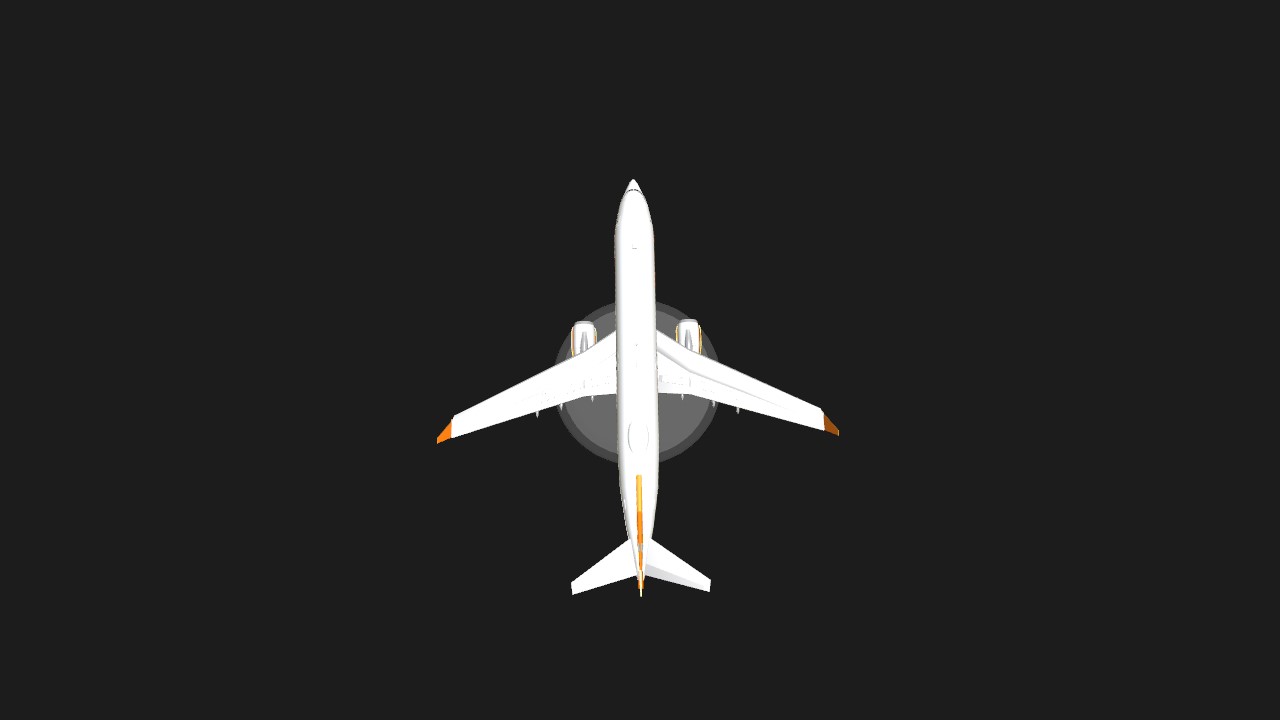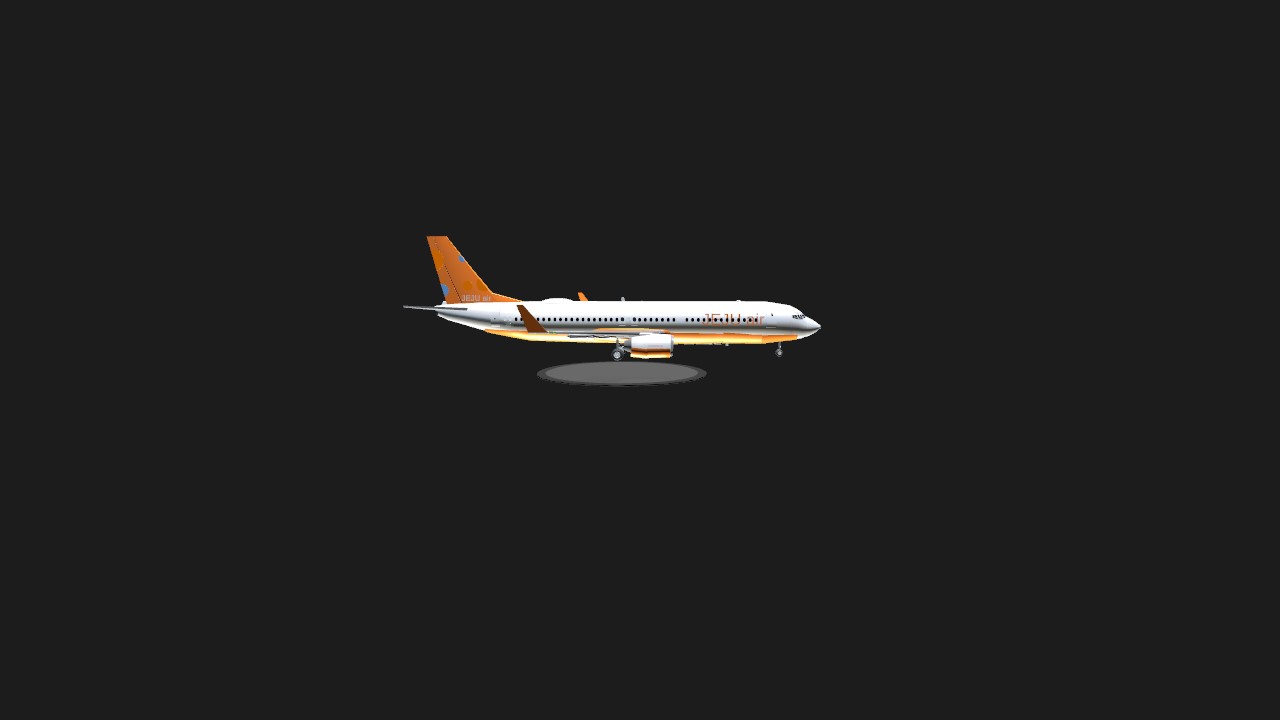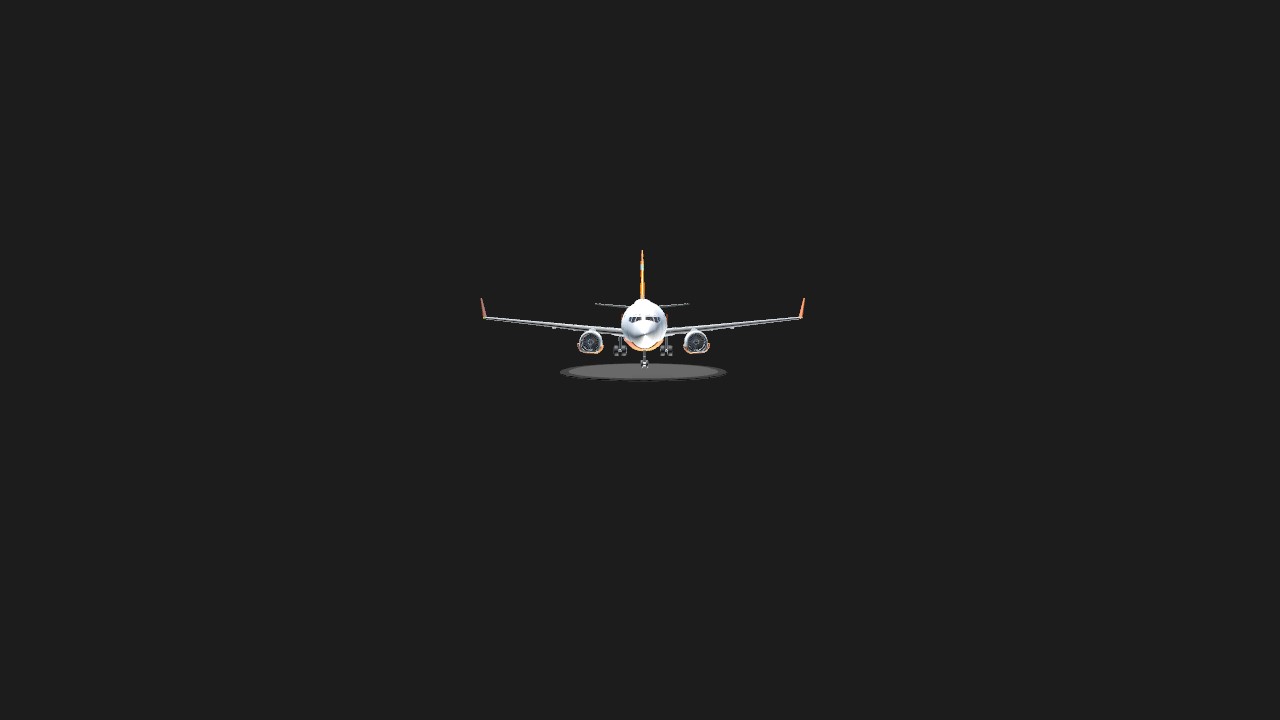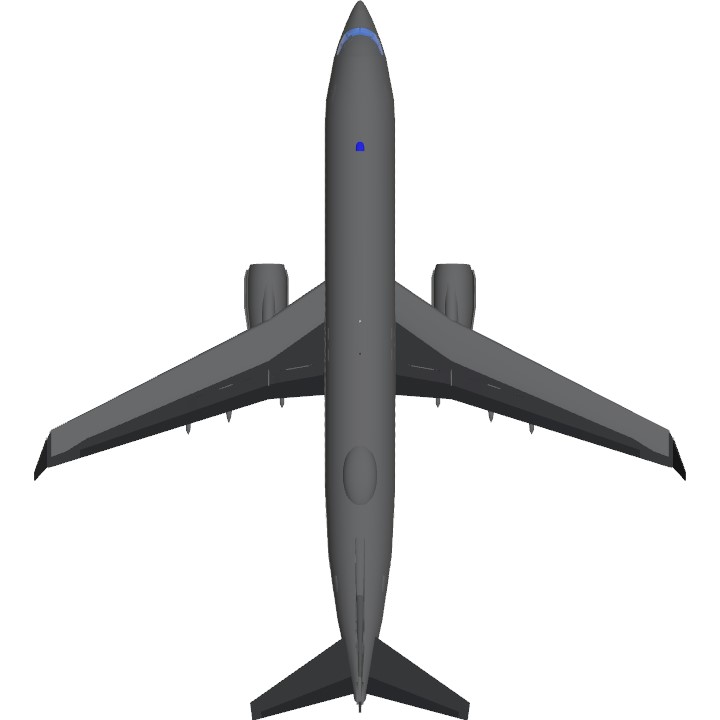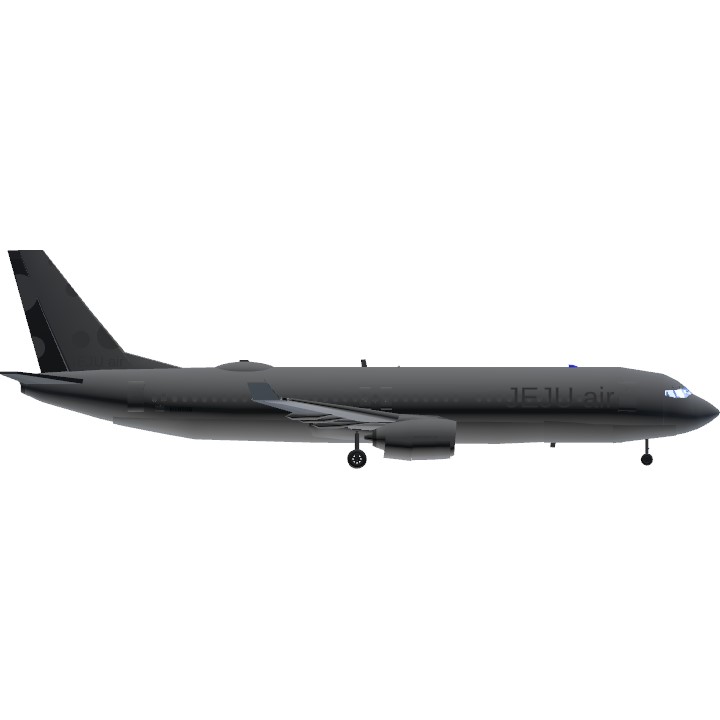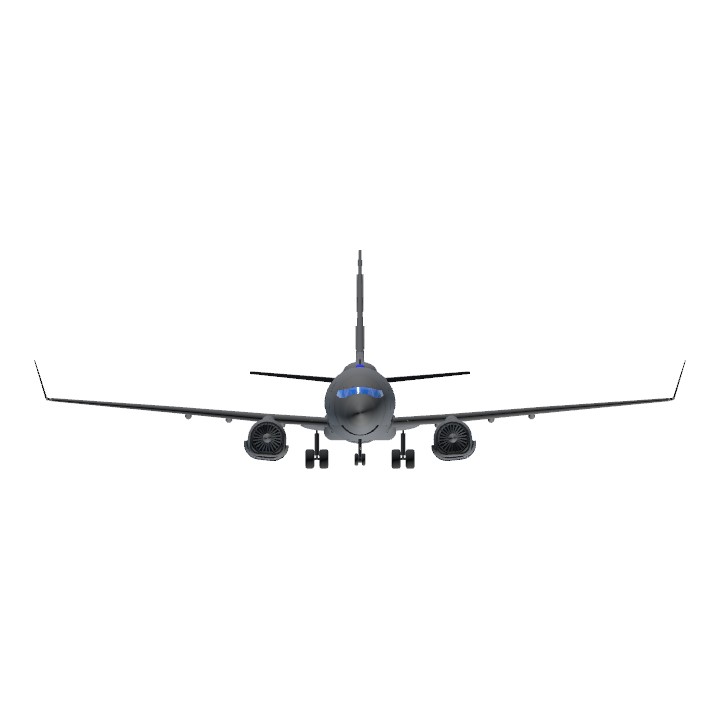
 Jeju Air Flight 2216 was a scheduled international passenger flight operated by Jeju Air from Suvarnabhumi Airport near Bangkok, Thailand, to Muan International Airport in Muan County, South Korea. On 29 December 2024, the Boeing 737-800 operating the flight was approaching Muan when a bird strike occurred, with both of the engines ingesting birds, causing an apparent loss of thrust in the right engine. The pilots issued a mayday alert, performed a go-around, and on the second landing attempt, the landing gear did not deploy and the airplane belly-landed well beyond the normal touchdown zone. It overran the runway at high speed, collided with the approach lighting system, and crashed into a berm encasing a concrete structure that supported an antenna array for the instrument landing system (ILS). The collision killed all 175 passengers and four of the six crew members. The surviving two cabin crew were seated in the rear of the plane, which detached from the fuselage, and were rescued with injuries.[1] Both the cockpit voice recorder and flight data recorder stopped functioning a few seconds before the mayday call, and evidence of a bird strike with a species of migratory duck was later found in both engines, with the right engine having sustained severe bird damage. In July 2025, South Korean media reported that the investigation board attributed the crash to one of the pilots mistakenly turning off the relatively unscathed left engine rather than the badly damaged right engine.
Jeju Air Flight 2216 was a scheduled international passenger flight operated by Jeju Air from Suvarnabhumi Airport near Bangkok, Thailand, to Muan International Airport in Muan County, South Korea. On 29 December 2024, the Boeing 737-800 operating the flight was approaching Muan when a bird strike occurred, with both of the engines ingesting birds, causing an apparent loss of thrust in the right engine. The pilots issued a mayday alert, performed a go-around, and on the second landing attempt, the landing gear did not deploy and the airplane belly-landed well beyond the normal touchdown zone. It overran the runway at high speed, collided with the approach lighting system, and crashed into a berm encasing a concrete structure that supported an antenna array for the instrument landing system (ILS). The collision killed all 175 passengers and four of the six crew members. The surviving two cabin crew were seated in the rear of the plane, which detached from the fuselage, and were rescued with injuries.[1] Both the cockpit voice recorder and flight data recorder stopped functioning a few seconds before the mayday call, and evidence of a bird strike with a species of migratory duck was later found in both engines, with the right engine having sustained severe bird damage. In July 2025, South Korean media reported that the investigation board attributed the crash to one of the pilots mistakenly turning off the relatively unscathed left engine rather than the badly damaged right engine.
Jeju Air Flight 2216
Accident site of Flight 2216
Accident
Date
29 December 2024
Summary
Crashed into structure following belly landing and runway overrun, accidental shutdown of working engine after bird strike; under investigation
Site
Muan International Airport, Muan County, South Jeolla Province, South Korea
34°58′35″N 126°22′58″E
Aircraft
HL8088, the aircraft involved in the accident, seen in 2023
Aircraft type
Boeing 737-8AS[a]
Operator
Jeju Air
IATA flight No.
7C2216
ICAO flight No.
JJA2216
Call sign
JEJU AIR 2216
Registration
HL8088
Flight origin
Suvarnabhumi Airport, Bangkok, Thailand
Destination
Muan International Airport, Muan County, South Jeolla Province, South Korea
Occupants
181
Passengers
175
Crew
6
Fatalities
179
Injuries
2
Survivors
2
This is the deadliest aviation disaster involving a South Korean airliner since the 1997 crash of Korean Air Flight 801 in Guam and also the deadliest in South Korea, surpassing the 2002 crash of Air China Flight 129 that killed 129 people.[2] This was also the first fatal accident in Jeju Air's 19-year history[3] and was the deadliest aviation accident since the 2018 crash of Lion Air Flight 610.
Contents
Specifications
General Characteristics
- Predecessor Boeing 737-800 JEJU air with mobile friendly vr cockpit V2
- Created On iOS
- Wingspan 117.5ft (35.8m)
- Length 130.3ft (39.7m)
- Height 39.8ft (12.1m)
- Empty Weight N/A
- Loaded Weight 98,111lbs (44,502kg)
Performance
- Power/Weight Ratio 0.732
- Wing Loading 56.3lbs/ft2 (274.7kg/m2)
- Wing Area 1,743.8ft2 (162.0m2)
- Drag Points 13090
Parts
- Number of Parts 412
- Control Surfaces 9
- Performance Cost 1,778

